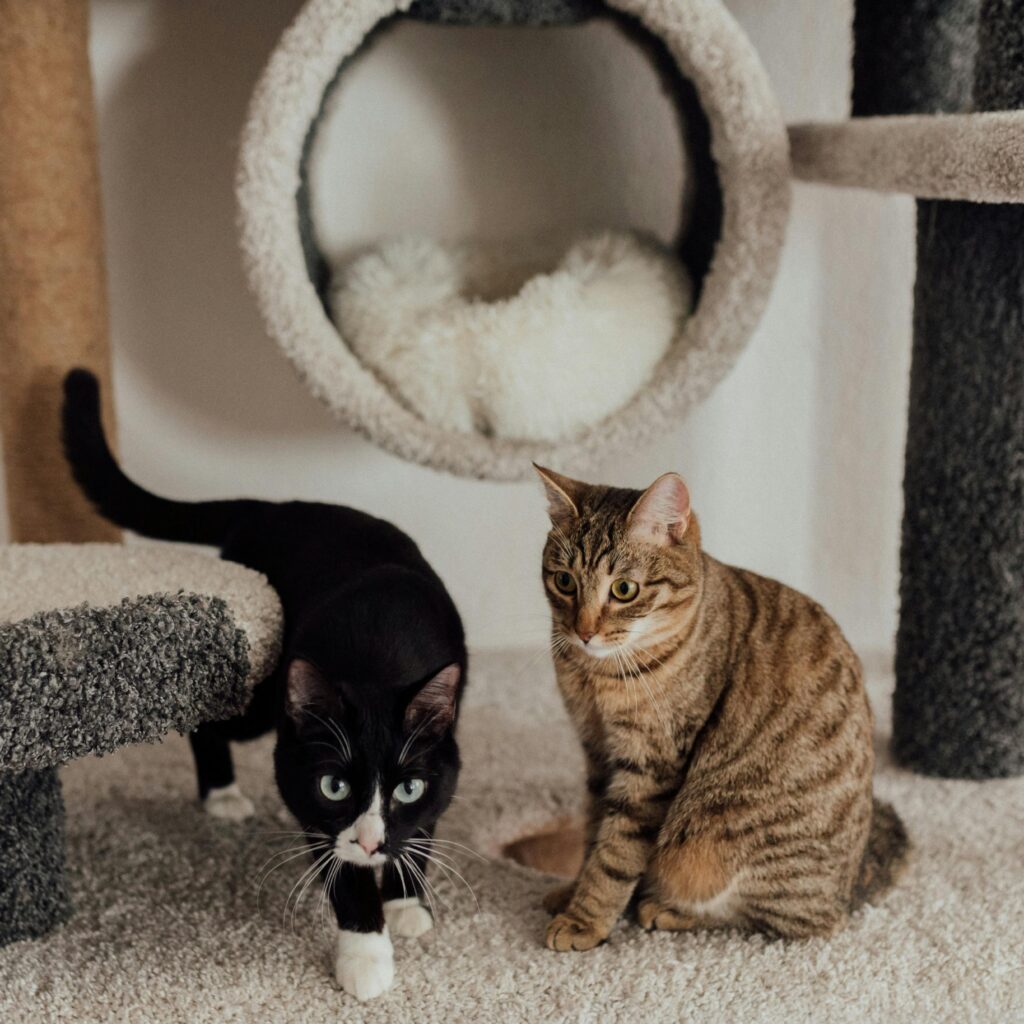Welcome to our guide on understanding pet behaviours! As pet owners, it’s essential to be able to interpret our furry friends’ body language and vocalizations to better understand their needs and emotions. In this blog post, we’ll delve into the fascinating world of pet behaviour, exploring the cues and signals that dogs, cats, and other pets use to communicate with us. Whether you’re a seasoned pet owner or considering welcoming a new furry companion into your home, this guide will help you decode your pet’s behaviours and strengthen the bond between you and your beloved animal companion.
The Importance of Understanding Pet Behaviours:
Understanding your pet’s behaviours is crucial for fostering a happy and healthy relationship. By being able to interpret your pet’s body language and vocalizations, you can better meet their needs, address any concerns or issues, and strengthen the bond between you and your furry friend. Additionally, understanding pet behaviours can help prevent misunderstandings and improve communication, leading to a more harmonious and fulfilling relationship.
Decoding Dog Body Language: What Your Dog’s Movements Mean

Dogs communicate primarily through body language, using their posture, facial expressions, and tail movements to convey their emotions and intentions. For example, a wagging tail typically indicates happiness and excitement, while a tucked tail may signal fear or anxiety. Pay attention to your dog’s ears, eyes, and overall body posture to get a better understanding of their mood and feelings.
Interpreting Cat Behaviour: Understanding Your Feline Friend’s Signals

Cats have their own unique way of communicating, often using subtle body language and vocalizations to express themselves. A cat’s purring, for example, is usually a sign of contentment and relaxation, while a hiss or growl may indicate fear or aggression. Watch for signs of body tension, tail position, and ear movements to gauge your cat’s mood and determine how best to interact with them
Communicating with Other Pets: Tips for Understanding Birds, Rabbits, and Small Animals

While dogs and cats are the most common pets, other animals such as birds, rabbits, and small mammals also have their own ways of communicating. Birds may use vocalizations, body movements, and feather displays to communicate, while rabbits may thump their hind legs or make soft grunting sounds to express discomfort or fear. Take the time to observe and learn your pet’s unique communication style to better understand their needs and preferences.
The Language of Vocalizations: What Your Pet’s Sounds Signify
In addition to body language, pets also use vocalizations to communicate with their owners and other animals. Dogs may bark, whine, or growl to express a range of emotions, while cats may meow, purr, or yowl to convey their needs or desires. Pay attention to the pitch, tone, and frequency of your pet’s vocalizations to determine what they may be trying to communicate.
Understanding Aggression and Fear: Recognizing Warning Signs and How to Respond
It’s essential to be able to recognize signs of aggression and fear in your pet to prevent potentially dangerous situations and address underlying issues. Common signs of aggression in dogs may include bared teeth, raised hackles, and a stiff body posture, while signs of fear may include trembling, hiding, or submissive urination. If you notice these signs in your pet, it’s essential to respond calmly and appropriately to de-escalate the situation and avoid confrontation.
Building a Stronger Bond with Your Pet: Tips for Effective Communication and Training
Effective communication is key to building a strong and trusting relationship with your pet. Take the time to observe and learn your pet’s body language and vocalizations, and respond to their cues and signals with patience, understanding, and positive reinforcement. Use training techniques such as clicker training and reward-based methods to teach your pet desired behaviors and strengthen your bond. Remember to be consistent, patient, and compassionate in your interactions with your furry friend.
Conclusion: Deepening Your Connection with Your Furry Friend
In conclusion, understanding your pet’s behaviours is essential for fostering a deep and meaningful connection with them. By learning to interpret your pet’s body language and vocalizations, you can better meet their needs, address any concerns or issues, and strengthen the bond between you and your furry friend. Remember to be patient, observant, and compassionate in your interactions with your pet, and enjoy the special bond that comes from sharing your life with a beloved animal companion.



